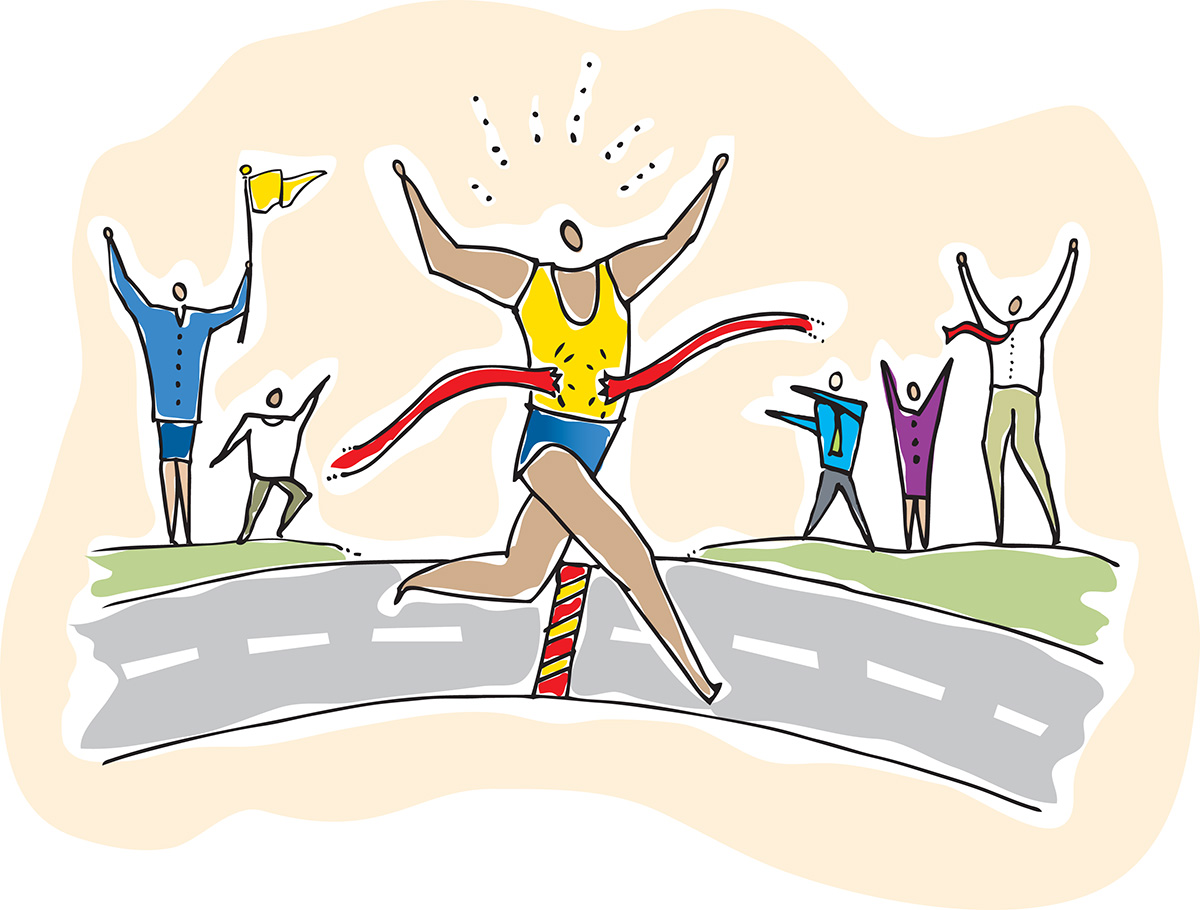Just prior to the COVID-19 pandemic, sports and school photographer Cane Sampson was working on a large contract along with another photographer. During a meeting with the client, Sampson spun out ideas for future partnerships to pack the organization’s facility with big audiences of photographers for co-branded events. After the presentation, the other photographer pulled him aside and told him, “Cane, you need to slow down. You dream too big.”
Since launching his business a few years earlier, he had embraced risk, looking to disrupt the field and create a new brand of success. Today, Sampson not only runs one of the most successful volume photography outfits in Virginia, he also packs auditoriums full of photographers eager to hear about his approach to building a business that continually stays ahead of the trends.
The secret to his success: Dream big and never stop hustling.
Find your motivation. Figure out your why, suggests Sampson. Your dream, your vision, depends on what motivates you. That motivation determines the goals you set. Whatever it is, determine your primary motivation, then set up a series of goals to help you move closer to realizing your dream.
Keep moving the finish line. Dreaming big means avoiding complacency. When you achieve a goal, the temptation is to relax and allow yourself to feel satisfied. That’s when complacency creeps in, says Sampson. In photography, complacency leads to stagnation. People see a trend that’s successful, they follow it as long as it’s producing results, and before they realize it, they’ve been doing the same thing over and over for years.
Sampson notes that creative fields like photography need innovation to stay relevant. They need big dreamers who aren’t satisfied with the status quo. “You have to keep dreaming of the next level,” says Sampson. “If I get to a certain level, master a certain technique, I have to go above. I’m always thinking What’s next? because the day that I get complacent, someone else will be coming for my spot.”

Switch fear into gear. Fear is false evidence that only appears to be real, says Sampson. “People let fear stop them from achieving more because when you entertain fear, it tells you that you can’t do something.”
Fear can evolve from stagnation. People follow the trends, get stuck in a rut, and are hesitant to try something new.
Fear can also emerge from people’s innate fear of judgment. The result is that they become focused on the rules, which throws off their creativity because they’re afraid of being wrong.
Sampson suggests using fear as a motivator, challenging yourself to move beyond the limits others try to put on you, and beyond your own self-doubt. “If you’re scared, get a dog,” he says. “Otherwise, go attack it.”
Escape the norm. To get past the fear of judgment or of being wrong, it helps to remember that photography is a form of communication. “My photography is my unique expression,” says Sampson. “If you tell me that my lighting ratio, for example, is wrong, that’s like saying that my vision is wrong. It’s not. It’s my vision. It’s how I’m expressing my art. I don’t care if someone says, ‘That’s not how it’s supposed to be,’ because if we all do the same lighting setups, use the same lenses, and have the same sales techniques, then we’ll never move above and beyond.”
Turn obstacles into opportunities. If something’s holding you back, look for the hidden lesson or opportunity in that block, suggests Sampson. For instance, you could be seeing a slowdown in local sports portraits because of, let’s say, a pandemic. Can you allow that to hold you back? No. Look for a new source of revenue. Maybe travel leagues are more active. Maybe other activities are still functioning and need a photographer who can adapt to the changing conditions. Look beyond your traditional clientele to new organizations and new demographics. Think of ways you can stage photo sessions in a format that allows you to generate the necessary volume while being sensitive to people’s need for safety. Then, when things normalize again, you’ll have broadened your client base and positioned yourself to weather future storms more effectively.

Capitalize on your strengths. “In our industry, we try so hard to be like one another that we lose our identity,” says Sampson. “I’ve done it, too. When I came into the industry, I looked up to certain photographers and tried to be like them. I wanted to emulate their business model. But I wasn’t being true to my identity.”
Sampson ultimately recognized that the only way to move above and beyond was to create a disturbance, and the best way to do that was to play to his unique strengths. “I always ask people, ‘What were you good at before photography?’ Because that’s what’s going to make your business excel,” he says. “If you’re a numbers person, use that. If you have a background in video, focus on that. If you’re great at interacting with people, play off of that. Once you recognize your strengths and decide that you’re not going to be afraid to use them, then you start taking off.”
Continuously assess yourself. “Don’t wait until your check engine light comes on to take in your car for service,” says Sampson. “Evaluate all the time, maintain, get the little things fixed. When we started, we felt like we did two things well: We provided a good quality product and we offered great customer service. From there, we figured out where we needed to improve. We worked on those things and we hired out where we needed to.”
Using that approach, Sampson’s studio has been able to increase its workload steadily without inflating its staff. With just a two-person full-time team, he’s doubled his volume multiple times over, to the point that he currently works with more leagues and schools than he can count. “We do an incredible volume of work because we focus on our strengths, and we outsource the pieces we don’t do as well,” he says.
Chase the limitless dream. The limitless dream works only when you back it up with effort. “If a kid hits a baseball over a park fence, I’m the guy picking it up and handing it back with my business card,” says Sampson. “I think about every new day as another chance to hustle. And I stay prepared. If you stay ready, you don’t have to get ready.”
It also works because he understands that dreams are something you achieve in ascending tiers, with each accomplishment leading to the next level. Every day, he tries to grab another piece of the dream. “When that guy said I dream too big, he didn’t even know what level I was at,” explains Sampson. “It’s something you build piece by piece. When you understand that and you find ways to keep moving above and beyond, nothing can stop you.”
Jeff Kent is editor-at-large.




